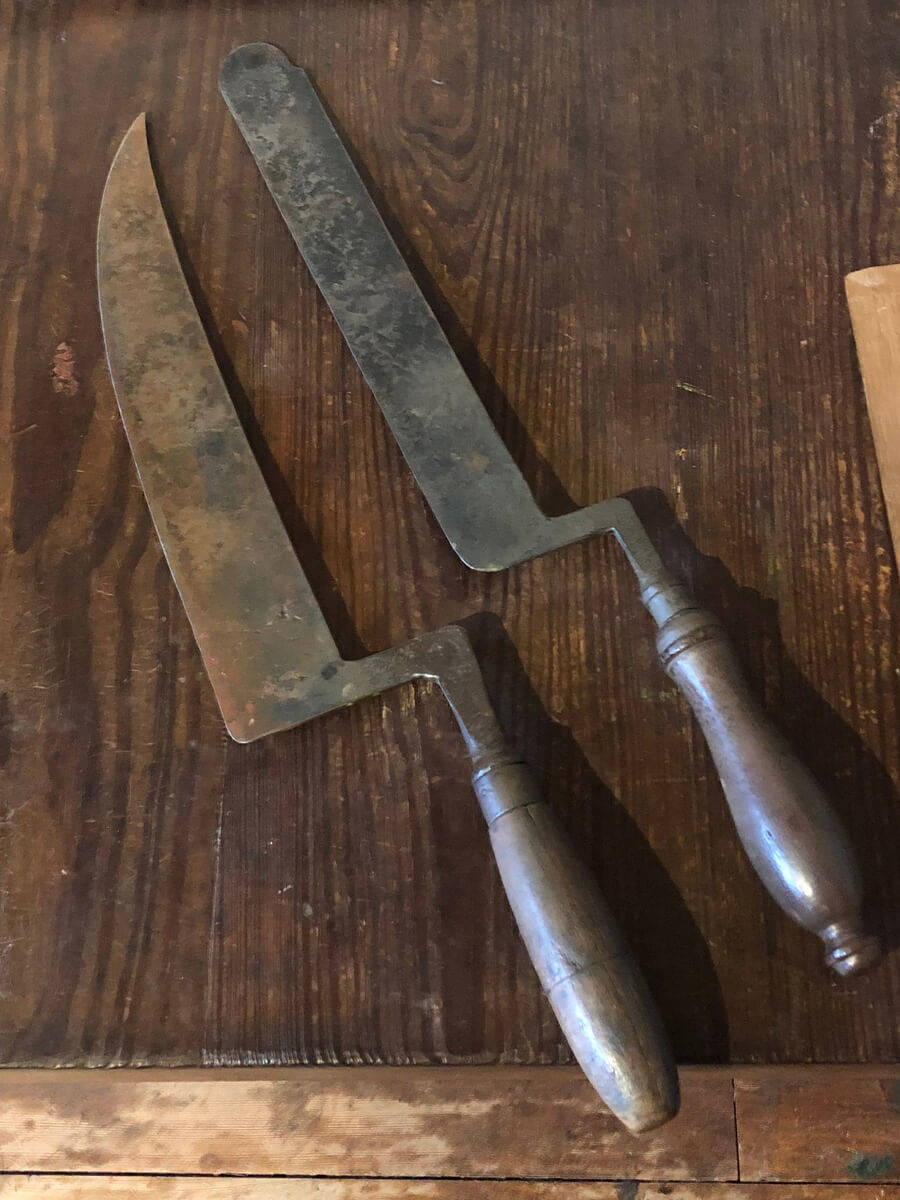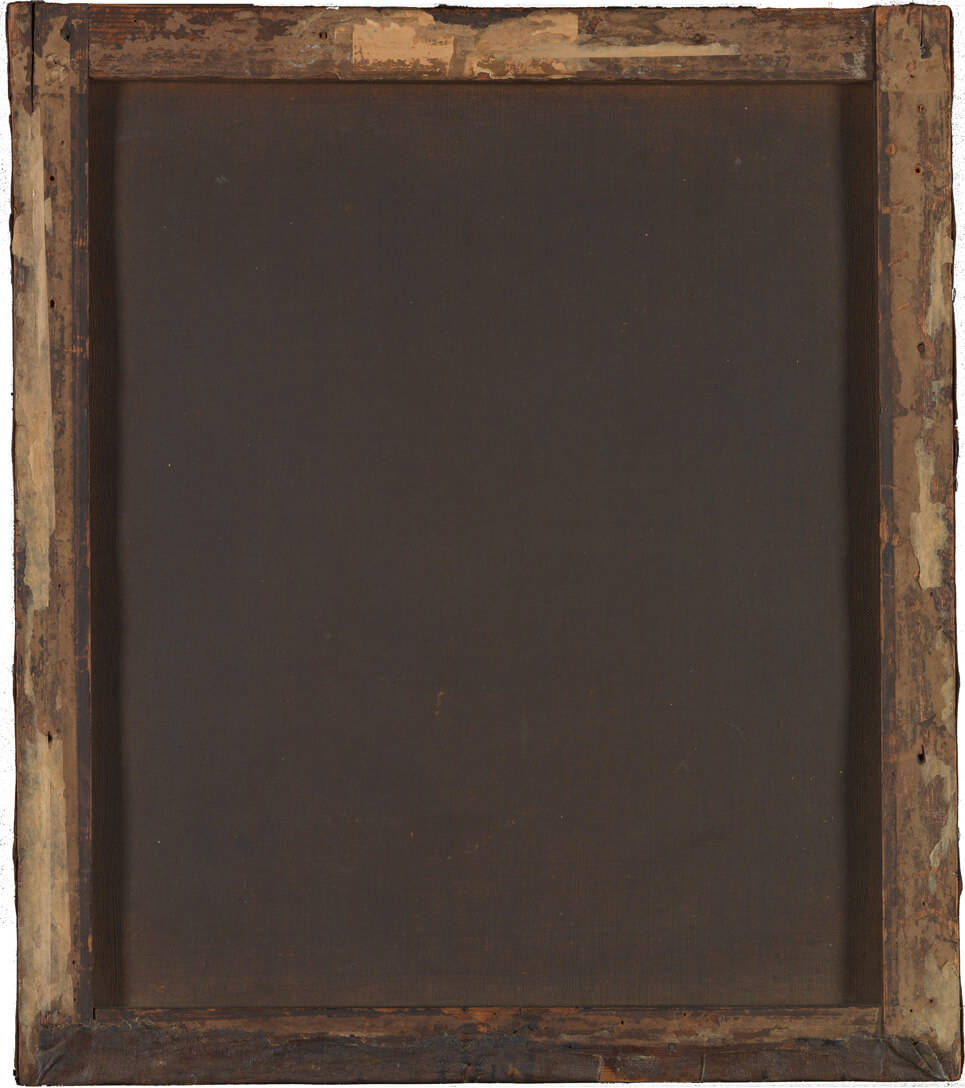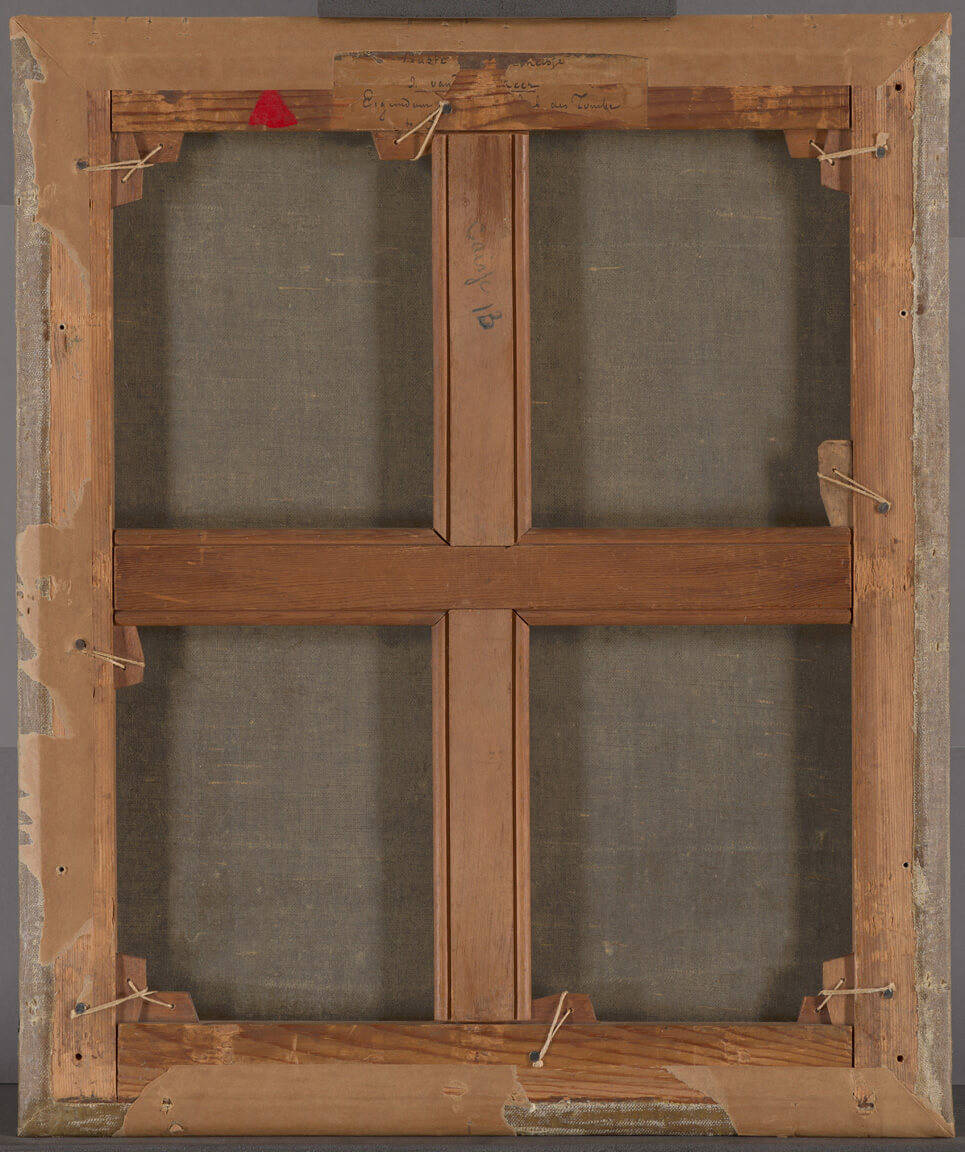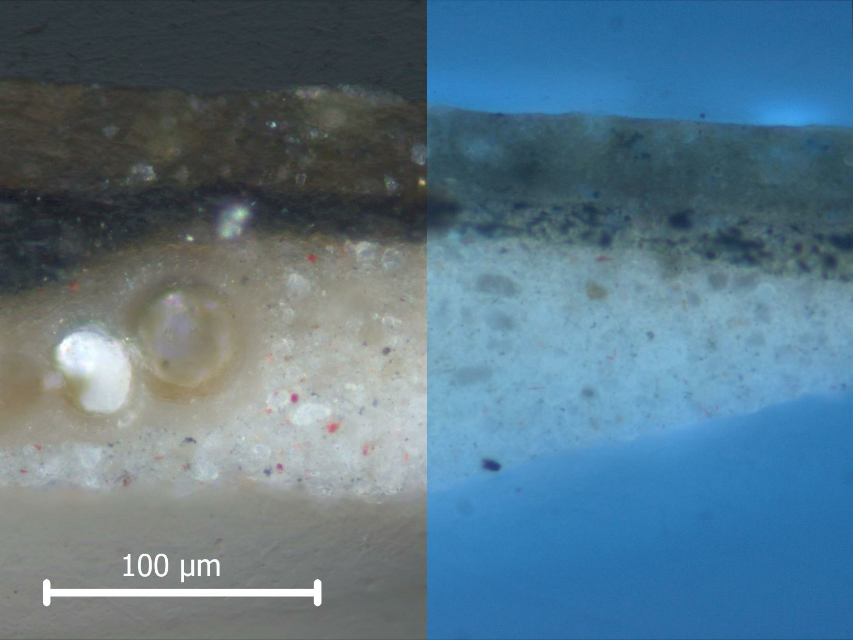8. From the ground up

We’ve all been faced with a blank page or a blank computer screen, and the daunting task of turning it into a work of art… or a blog entry. Imagine Vermeer in front of the canvas that would eventually become the Girl with a Pearl Earring.
What is the first step in turning a canvas into a suitable support for a painting? First, the fabric needs to be primed with a smooth surface on which to paint: the ground layer. The canvas would absorb the paint, and the surface would be too rough to paint on without the grounds.
Vermeer probably wouldn’t have prepared the canvas himself. It was the work of professional primers named witters. Historical evidence suggests that 17th-century artists could buy pre-primed canvases in Amsterdam, Rotterdam and possibly Delft (where Vermeer lived).


In the first half of the 17th century, a physician called Théodore de Mayerne compiled a manuscript (now in the collection of the British Library) that serves as our best reference for how witters primed canvases. They would stretch the canvas on a laced frame, smooth out the irregularities and loose threads, and coat the canvas with a layer of animal glue. Next, they would spread the ground – a pale layer of pigments in oil (generally beige, white or greyish) – over the canvas with a curved priming knife. De Mayerne even drew a picture of the knife, which looks remarkably like these historic ones I photographed at the Rembrandthuis.


The x-ray of the Girl with a Pearl Earring shows us that whoever applied its preparatory layers worked in a similar way. During priming, the canvas was probably laced into a wooden frame (like the one in fig.8c). The undulations (cusping) that we see along the edges of the x-ray correspond to the points where the strings were attached to the canvas (dots on fig. 8d). When the witter tightened the strings to make the canvas as taut as possible, it pulled at these points and made the edges of the canvas curve. The x-ray of The Girl also shows curved strokes from where the ground was applied more thickly with the priming knife, especially in the lower left.
After the ground was applied, the primed canvas was taken off the laced frame, pulled taut, and attached to a strainer: a rectangle made of four wooden bars. We don’t know whether Vermeer attached the canvas to the strainer himself. Very few 17th-century canvases have survived the last 450 years attached their original strainer. One Vermeer painting – The Guitar Player – is an exception. The edges of the canvas (the tacking margins) were folded over the sides of the stretcher and ‘nailed’ in with wooden pegs.



Interventions and restorations over the last few centuries mean that the back of the Girl with a Pearl Earring looks different from The Guitar Player. As I described in Blog #4, the canvas has been lined: an additional piece of canvas was glued to the back of Vermeer’s canvas, and the strainer was replaced. This means that when we turn the painting around, what we see is the back of the lining canvas, and a modern stretcher with cross-bars.
Down to the ground
The De Mayerne manuscript includes several recipes for grounds, most containing lead white, with a little umber and/or charcoal in oil. Cross-sections from the Girl with a Pearl Earring shows that the ground contains lead white and earth pigments (red and yellow ochre, some umber) – plus a significant amount of chalk. I’ll describe each of these pigments in later blog entries, but chalk is worth mentioning here. Chalk is mined from the earth and can be found in many deposits around Europe. It’s a type of limestone made entirely from the shells of tiny fossilized algae. When these shells are crushed, they make a fine white powder. If they remain whole, you can see their round shape, like on the left side of the cross-section. In Vermeer’s grounds, the chalk could have been a filler to bulk up the ground.


The ground layer of The Girl is a light beige-greyish colour, with a thickness of about 200 micrometers (0.2 mm), and it extends all the way to the edges of the original canvas. Picture Vermeer sitting in front of his easel staring at blank canvas, which would have been primed with a light grey-beige ground layer. Maybe he looked like the painter we see in this detail from The Art of Painting (1666-68). How would he start his composition? We’ll find out tomorrow.
References
- De Mayerne, Theodore Turquet (1620-1646) ‘De Mayerne Manuscript’: Pictoria, sculptoria et quae subalternarum atrium, Sloane MS 2052, British Library
- Costaras, Nicola (1996) ‘A study of the materials and techniques of Johannes Vermeer.’ In: Vermeer Studies: Studies in the History of Art, edited by Ivan Gaskell and Michiel Jonker, National Gallery of Art, Washington D.C., Yale University Press, New Haven/London, pp. 145-167.
- Stols-Witlox, Maartje (2017) A Perfect Ground: Preparatory layers for oil paintings 1550-1900, Archetype, London.
Acknowledgements
- Alice Tate-Harte, English Heritage
- René Gerritsen Art & Research Photography
- Rob Erdmann (Rijksmuseum / University of Amsterdam)
- Ellen Nigro
